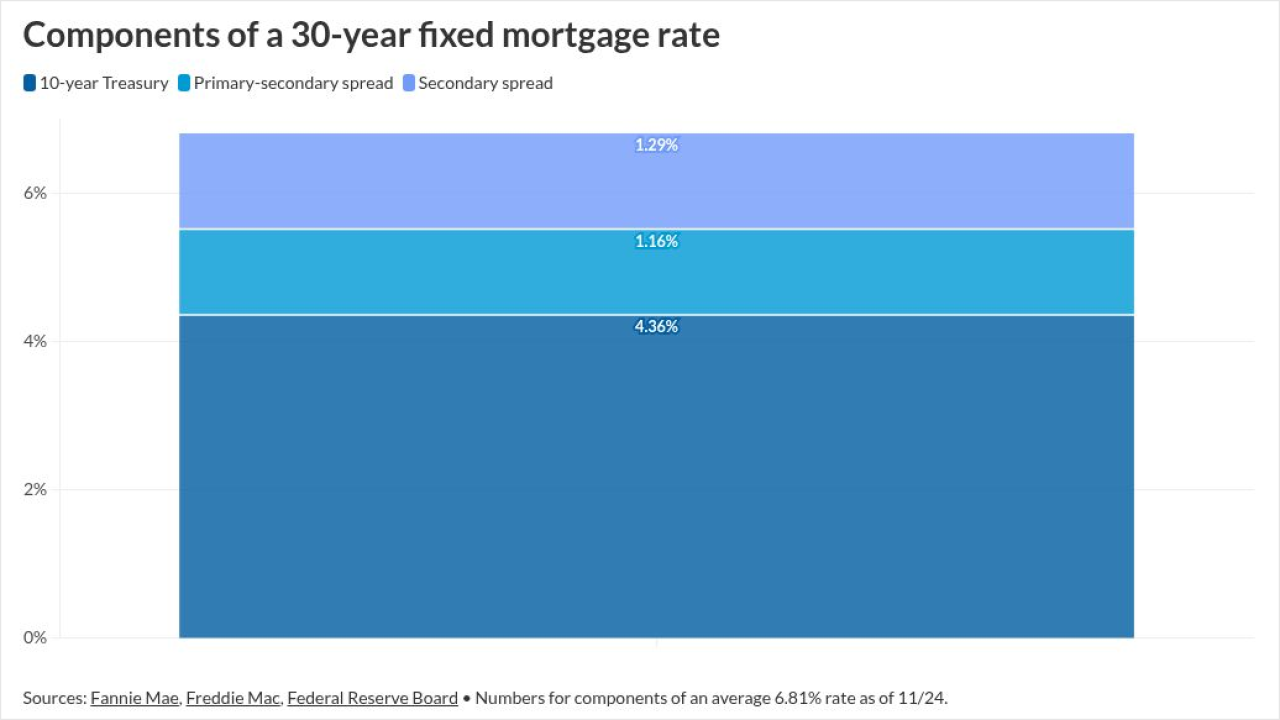The U.S. Federal Reserve has gone to unprecedented lengths to keep money flowing to households and businesses that, through no fault of their own, have suffered from the measures needed to contain the coronavirus. But it can’t and shouldn’t rescue everyone. Many companies will fail, especially highly leveraged ones.
The Fed’s extraordinary measures are aimed at alleviating a fundamental problem: Affected households and companies need to borrow more to weather the crisis, at a time when lenders naturally want to pull back as the creditworthiness of borrowers falls. To that end, it has considerable firepower. With the Treasury pledging $454 billion to cover any losses, the Fed, leveraging the Treasury funds 10 to 1, has the capacity to lend $4.5 trillion. It’s deploying those resources in a wide range of markets. These include the repo market (where banks, hedge funds and others borrow short-term against the collateral of securities), the commercial paper market (where big companies borrow for short-term needs, such as financing their inventories), the corporate bond market (where big companies borrow longer term), and the asset-backed securitization market (where lenders get funding for credit card loans, auto loans and mortgages).
These emergency lending facilities serve three purposes. First, they establish the Fed as the buyer of last resort, effectively guaranteeing that investors will be paid off when their securities mature. For example, the Fed’s commercial paper funding facility stands ready to purchase highly rated three-month paper at a relatively high interest rate (a yield 2 percentage points higher than the central bank’s short-term interest-rate target). This backstop has value even if nobody ever uses it: The mere presence of a guaranteed buyer gives investors the confidence they need to keep providing companies with funding.

Second, the Fed’s backstop puts an upper limit on the cost of credit. Companies won’t borrow at higher rates if they have the option of going straight to the central bank. Also, by removing the risk of companies being unable to pay off maturing paper with cash, the backstop encourages investors to lend at lower rates than they otherwise would.
Third, the facilities increase the overall amount of credit available to businesses and households. This is crucial, because, during periods of economic and financial stress, the supply of private credit tends to shrink. Non-bank lenders pull back sharply as they find it more difficult to fund themselves, and this pushes activity back into the traditional banking system. Moreover, banks may not be able or willing to pick up the slack, because they’re worried about a deteriorating economic outlook and because regulators rightly place limits on the amount of risk they can take on. The Fed is the only entity with an elastic balance sheet that can make up the difference.
Still, despite the Fed’s efforts, there are significant gaps. One is small businesses, which have been hit hardest by lockdowns and which typically have much thinner cash buffers than large corporations. The Fed recognizes this, and has committed to creating a “main street lending program.” Unfortunately, setting up such a program will take some time. The central bank has never done anything like it — there’s nothing that can be pulled off the shelf from the financial crisis. And scaling up a lending program to thousands of small businesses is much more difficult than supporting financial markets with fewer major participants.
Another major gap is state and local governments, which need to be able to raise funds at reasonable rates. The Fed cannot replace the revenue lost to the pandemic. But it can help ensure that municipal debt markets function well, and that credit is available to high-quality borrowers. The stimulus package signed into law last week explicitly states that Treasury funds can be used for this purpose. As a result, one should expect the Fed to establish a program that supports the tax-exempt securities market.
The major remaining area is the riskier portion of the corporate debt market. This includes non-investment grade obligations such as high-yield bonds and so-called leveraged loans, often made to finance buyouts by private-equity funds. These borrowers are different because they made a conscious choice to take on more debt in the hopes of generating bigger returns for equity holders. They did this even though they knew it would make them more vulnerable in an economic downturn.
It’s hard to see a good reason to bail these companies out. If the Fed or Congress did so, they would be creating moral hazard – that is, they would encourage firms to borrow even more in the future. Worse, it would be expensive, because the potential losses would be larger. The Fed would have to use more of the Treasury’s funds to backstop each dollar of new lending, which would reduce its capacity to help more creditworthy borrowers. This seems a poor use of taxpayers’ resources.
If the Fed doesn’t come to the rescue of non-investment grade corporate borrowers, they’ll face increasing stress as their ability to meet their obligations erodes. Also, their numbers will grow as credit-rating firms downgrade a significant portion of those companies currently at the lower end of the investment-grade spectrum. The oil price war between Saudi Arabia and Russia is likely to make matters worse, hitting the finances of many below-investment-grade energy companies. The end result will be significant losses and increasing stress in the non-investment grade portion of the corporate debt market.
Dudley is the former president of Federal Reserve Bank of New York




